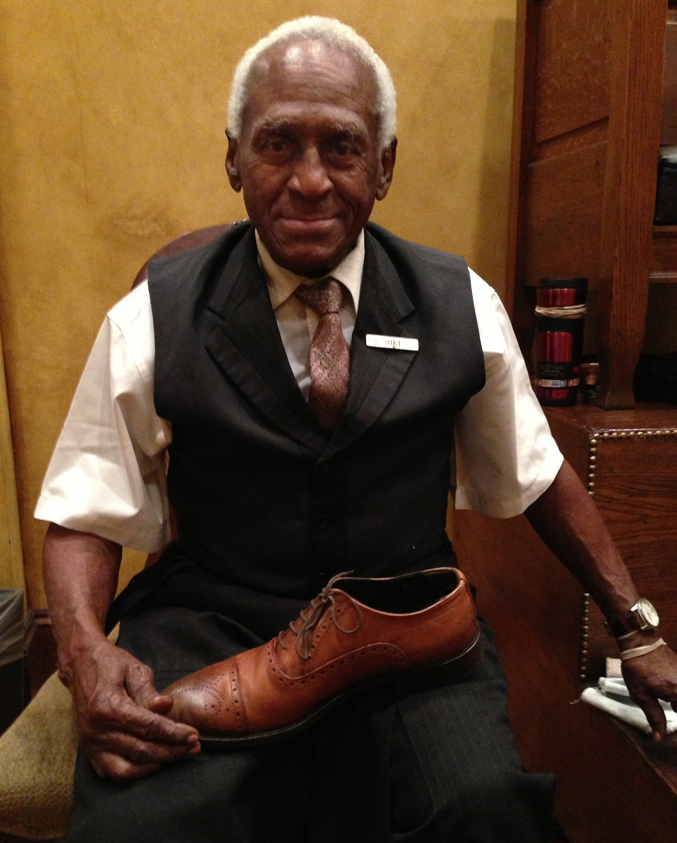Philanthropy411 is currently covering the Communications Network Fall 2013 Annual Conference conference with the help of a blog team. This is a guest post by Liz Banse, Vice President at Resource Media. Follow Liz on Twitter – @LizBanse.
 In a conversation with fellow conference attendee Kathleen Hennessy in the cab on the way to the airport on Friday, we had a good laugh over the similarities between her job as a professional photographer and my temporary gig as a blogger for the Communications Network conference. Quite simple, it is this: when Kathleen is on assignment, she is always alert, aware of her surroundings, looking for the “perfect moment.” So, too, for me, as I went into every session of the conference on the lookout for material for that ever elusive blog post.
In a conversation with fellow conference attendee Kathleen Hennessy in the cab on the way to the airport on Friday, we had a good laugh over the similarities between her job as a professional photographer and my temporary gig as a blogger for the Communications Network conference. Quite simple, it is this: when Kathleen is on assignment, she is always alert, aware of her surroundings, looking for the “perfect moment.” So, too, for me, as I went into every session of the conference on the lookout for material for that ever elusive blog post.
I dutifully took notes – hoping for inspiration to strike – during David Simon’s talk, during Maria Hinojosa’s talk, during Ken Auletta’s talk and, you get the picture, during every session I attended. Auletta provided the spark for the recurring theme I was looking for, some connection – or connecting of the dots – between the different speakers.
Sure, storytelling was a recurring theme. No surprise there, we’re a bunch of communicators. But, what popped for me was the repetition among these very gifted storytellers of the necessity of – or desire for – time. Time to find a good story, or the right story, or to simply let a story reveal itself.
Auletta talked about the luxury of time that he had as a writer for the New Yorker. It was very clear how much he valued this in allowing him to really think through how he should tell the story. What storytelling device he might use for the story he wanted to tell. Who the “best” character for the story might be.
I thought back to Hinojosa. Her stories weren’t always one-shot deals. She would come back to a person or a family time and time again. She had the luxury of not having to start and end within, say, a grant period. Simon, as well, talked about how lucky he was (“because I don’t have a good imagination,” he said, which made me chuckle) to be embedded in a homicide unit for an entire year when he wrote his best-selling book, Homicide. The story, the details, the characters, emerged over time.

Good storytelling can take time. Which brings me full-circle back to Kathleen and the taxi ride to the airport. On Wednesday afternoon, Kathleen, Nicole Lampe and I led a pre-conference workshop on visual storytelling. As a professional photographer, Kathleen is a storyteller as well. One of her pleas during our workshop was that anyone in the audience considering hiring a professional photographer to tell their grantees’ stories give them time – three days instead of three hours. Time to be a fly on the wall. Time to allow them to get to know the people they are filming, just talking, without a camera on them. In the process, the characters will reveal themselves and, of course, the story will reveal itself. Then, the photographer will know what photos will truly tell the story of their subject.
In this harried 24/7, all digital, all right-right-now world we work in, it’s a good reminder. Some of the best stories need old-fashioned time for the storyteller and their subject to connect.






